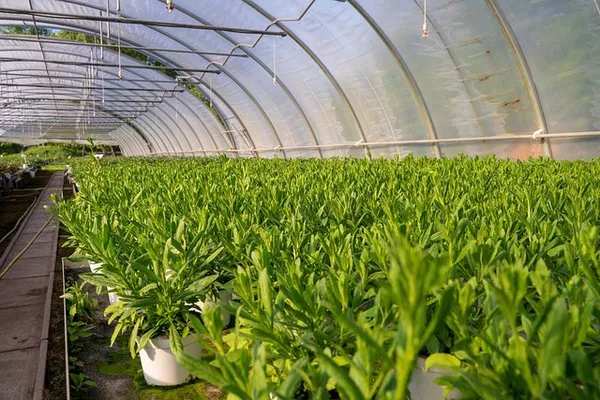Researchers from the John Innes Center have made a significant breakthrough that may help address the global health issue of anemia. The study, published in The Plant Journal, identified the genetic sequence responsible for two high-iron mutations in peas using a newly available map of the pea-genome. This discovery could pave the way for iron-fortified vegetables and cereal crops to enhance the nutritional value of food.
Iron deficiency anemia is a persistent problem that particularly affects girls and women in the UK and other parts of the world. With people eating less meat because of climate change concerns, this issue is likely to get worse. Anemia occurs when there is a lack of iron in the body, leading to a reduction in the number of red blood cells that store and carry oxygen.
To make the discovery, researchers used RNA sequencing to identify the genes expressed in high iron pea plants and compare them with wild type plants that have normal levels of iron. Using computational mapping techniques and plant experiments, the team identified the exact mutations and their locations on the pea genome.
The two high-iron pea varieties have been critical in research over the past 30 years to better understand how plants transport iron from the roots and make it available for other organs, including seeds. These mutations maintain high levels of iron accumulation but not so much that the iron becomes very toxic to the plant.
This new information could potentially lead to commercial applications such as breeding pea shoots with ten times more iron or supplements with a natural, more bioavailable form of iron without some of the side effects associated with chemically-derived iron supplements. Furthermore, because these genes are highly conserved across the plant kingdom, they could help biofortify other crops such as wheat and barley using gene-editing and other modern breeding techniques.
In conclusion, the identification of the underlying genetic sequence responsible for two high-iron mutations in peas by researchers at the John Innes Center offers exciting opportunities for iron-fortified crops. With the potential to enhance the nutritional content of our food, this breakthrough may help address the persistent problem of iron deficiency anemia that affects many populations around the world.


